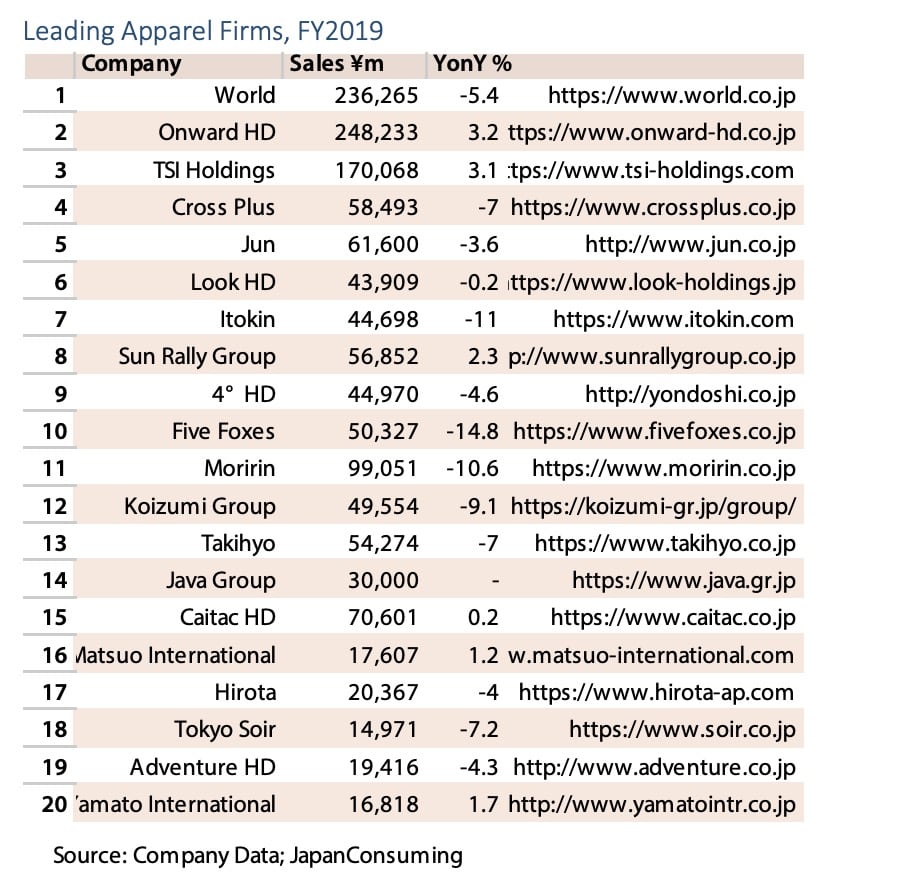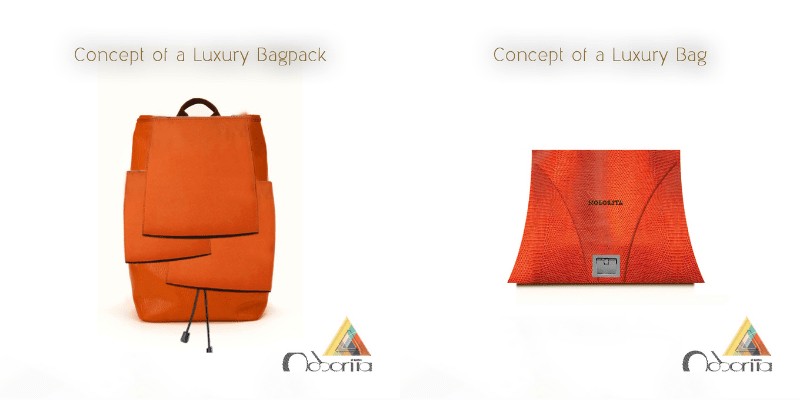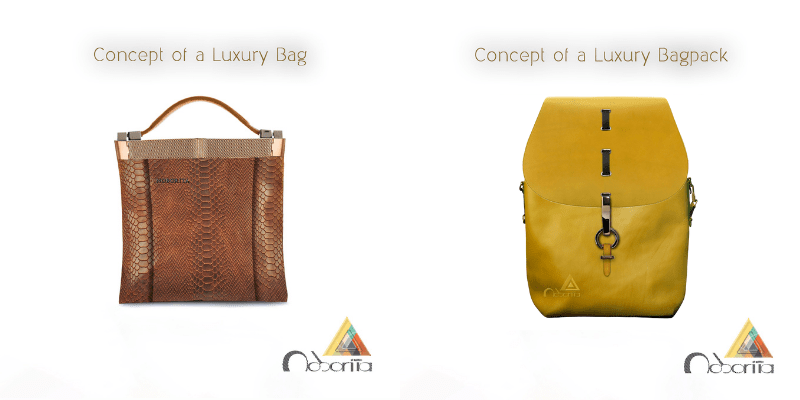Interview with the designer and founder of Noborita luxury fashion brand, Mr. Alireza Pour Naghshband
When I was just a child, my father bought and installed European looming machines for producing fabrics, and besides that, he started to do Persian Carpet trading as well, my uncle also established a Persian Carpet brand under the trademark of IRAN-ESFAHAN-NAGHSHBAND too and almost every day of my life I was watching fabrics and carpets and designs.
1- First of all, please let us know about your experience in textile industry and Noborita brand success story.
I was born In Esfahan, Iran in a family who had more than a century of experience in the textile industry. My great-grandfather was dealing with the design and production of golden curtains for the royal family with a genuine gold thread called ZARIBAFI which was very famous at that time.
When I was just a child, my father bought and installed European looming machines for producing fabrics, and besides that, he started to do Persian Carpet trading as well, my uncle also established a Persian Carpet brand under the trademark of IRAN-ESFAHAN-NAGHSHBAND too and almost every day of my life I was watching fabrics and carpets and designs.
Anyway, I grew up in the atmosphere of textile while I was self-educated in the aviation industry but due to falling in love with someone romantic, my life totally turned to a different path, so I started to study Art and Design in Europe and a new era opened to the vision of my brain and I realize I truly belong in a greater atmosphere.
Anyway, I moved to Canada and started to work in the design industry and achieved an award in design (visual communication) then slowly I tried to transfer my visual arts to fabrics and rendering on human body garments, results were wonderful, so all I had to do that time, just was learning style creating to do accurately fashion designing by myself and I’ve done. The results of all my hard-working ended up me to establishing the Noborita in 2017 in the fashion industry in Japan.
2- Why you named your brand Noborita? (Tell us about the meaning and reasons)
Since humans walking to the earth, always one path was obvious and that was going upper and upper. In Japanese language,” Nobori” means “Climbing or going up” and Noborita is a totally Japanese name base of mentioned meanings. Also, this name has kind Latin sounds like Italian or Spanish sounds and is easy to pronounce, so chose that because we are always growing up.
3- Let us know more about Japan’s domestic textile market and the textile and garment industry in general.
Japan is the world’s largest apparel market accounting for 5% of total global sales of a market that was $1.3 trillion USD in 2015 and it is projected to grow to $2.7 trillion USD by year of 2025. When it comes to luxury in particular, the upper middle market is larger than the rest of the world and reason of that is that Japan has an affluent well-educated population with a very high level of apparel sales per capita, about 3 times higher than China.
4- Noborita brand mostly focus on designing and production of leather bags and luxury garments, why you select this notch market in Japan?
To me, there is no way to have competitions with some brands such as Uniqlo or Zara or others in Japan, so the only way of making money in fashion is to sell creativity to the customers which is luxury job in some categories like Leather bags and Jackets.
5- What are the challenges and pros and cons in Japan textile sector?
Well, from point of pros, Japanese nations spend more money for high-quality products due of saving culture and because they work hard, they love to make themselves spoil in order of mind relaxing by shopping, but in points of cons, for foreign designers or brands, it takes several years of building credibility and strengthening their reputation in the eyes of consumers before they are “accepted”.
6- How many textiles company are active in Japan?
Well, I don’t know exactly how many companies are active in the textile and apparel industry in Japan but following information could be a good answer about general statistics of textiles in Japan.
• The Japanese textile mills market had total revenues of $18.2 billion in 2021, representing a compound annual rate of change (CARC) of -0.3% between 2016 and 2021.
• The fabric segment was the market’s most lucrative in 2021, with total revenues of $17.1 billion, equivalent to 93.7% of the market’s overall value.
• The COVID-19 outbreak, had a severe impact on the textile mills market, and the Japanese government responded swiftly to the outbreak.

7- What is the importance of designing and designers in the apparel and garment industry?
I think the designer concept is the first key player in fashion design. Designers simply communicate with buyers by his/her vision and the rest is up to the buyer to shop or ignore. Remember, in the first step of sales, a beautiful design can bring a customer inside of shop like a nice smell of food who can attract customer to order the food.
8- Japan is one of the important buyer of Chinese garments and textiles, has it a bad effect on local textile and garment producers?
For the non-luxury market, it was like that in past but not anymore. These days, Chinese quality from points of material to manufacturing become very good. In the luxury market, Japanese people still love European especially Italian design and production.
9- Japanese people normally prefer which kind of clothing? Is there any special habits in Japanese clothing?
Japanese people wear very conservative way from points of color and style because Japanese society is known as a closed society. Anyway, for women’s wear using a range of designs from clean working style to printed, loose-fitting dresses but not sexy at all. In the workplace, they love to wear like western people official suits mostly black color and for ceremonies some likes traditional, and some like high-end brands.
10- Which kind of services you provide to the market in Noborita?
I design high-end winter jackets and leather bags as a commercial job and besides of that, I am preparing revolutionary styles for fashion shows, I feel I can shock the world luxury market from point of beauty as some experts of high brands said when they saw my designs.
11- what is the main specification of a professional and creative garment designer? (How students and interested people to designing can be a good and professional garment designer)
Undoubtedly, the power of the designer’s imagination is the most important factor of success. Imagination is the gateway to creativity. So, to be a professional designer, all we need is to know how to boost up the mind’s vision. There are so many ways to make a powerful mind, but for now, only I can recommend a few technics for students which are.
1- Watch the world’s best designers’ jobs as much as you can.
2- Visit most of the fabric shows, especially “Premier Vision” held in Paris. (Make your own private fabric sample Gallery)
3- Play with colors, especially Contrasts.
4- Visit Art Galleries and especially paintings and try to figure out why the artist created that art.
5- Listen to music, especially classical and soft ones.
6- Love is the most powerful trigger for the mind to create a task for imagination. So, make a love story in your mind, for example, if you love or loved someone, try to imagine her in beautiful clothes. (Then your mind unconsciously will try to use your past visual visit which consisted of the world’s best fabrics, top designer’s job, and colors harmonies on famous painters, all helping you instantly)
7- Study in Quantum Physics even knowing the basics is enough.
8- Do photography and go for shooting to hunt nature color contrasts.
Beside of mentioned factors, prepare yourself for designing in two categories. first one is a design base of what you exactly can imagine far from trend, market, and profit and the second one is what the others (society, companies, directors, trends etc.) asking you to design.






















